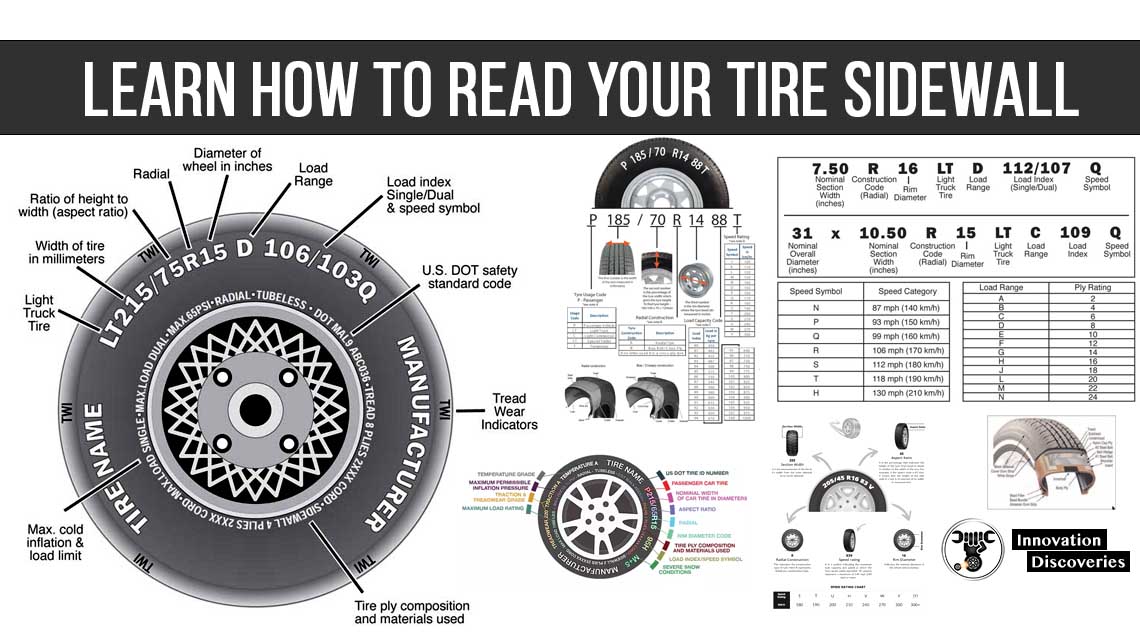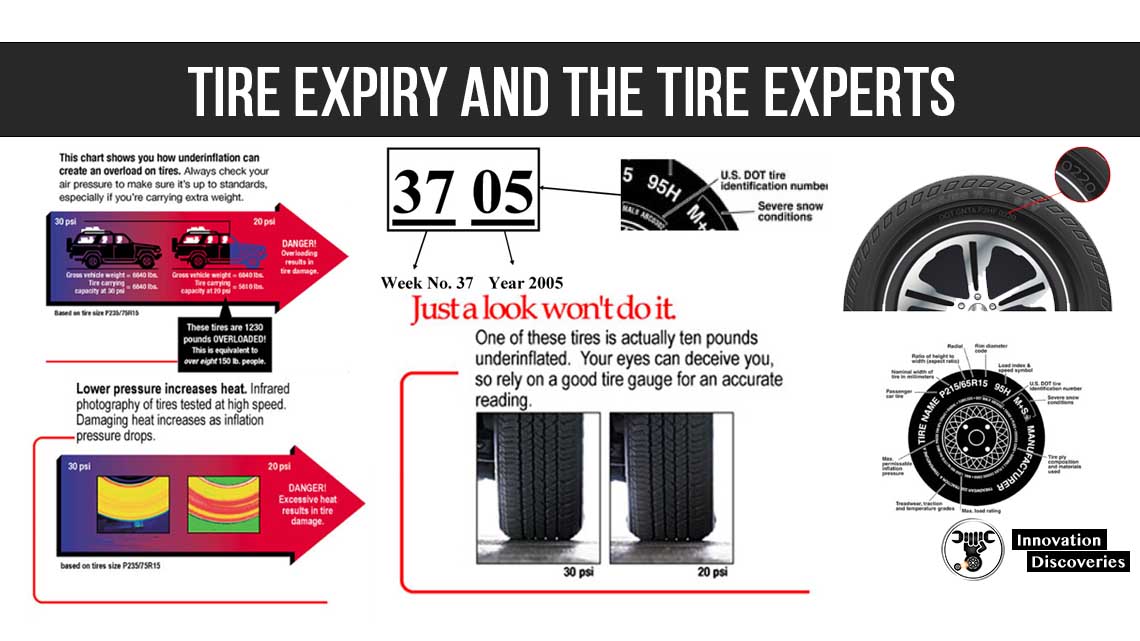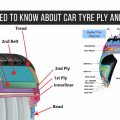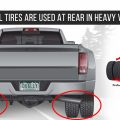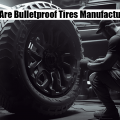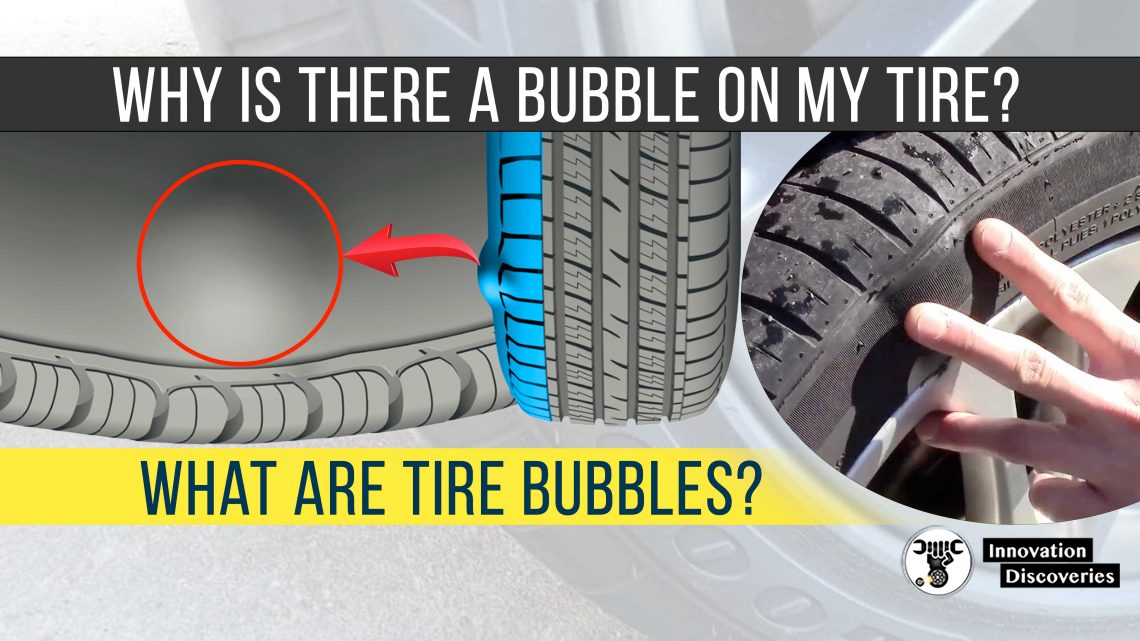
Note : Tyre vs. Tire. For British motorists, the rubber wheel-covering is called a tyre – for the Americans, it’s a tire.
What are tire bubbles?
Tire bubbles are exactly what they sound like: a bulbous bulge protruding from the sidewall of the tire.
The tire’s sidewall is the smooth face of the tire that connects the tread to the wheel rim.
Punctured, torn, or bulging tire sidewalls are a much bigger issue than a typical flat in your tread.
What causes tire bubbles/sidewall bulges?
Tire bubbles are caused by air leaking from the inside of the tire into the outmost areas.
Because tires are built with so many different layers, air can get trapped in tiny pockets and eventually cause a noticeable bubble.
Like a real bubble, if too much pressure builds up inside, the bubble will burst. In this scenario, a tire blowout can occur.
Remember when you accidentally pinched your finger in a tight space (like a drawer or door) and the skin bubbled as a result?
The same thing happens when you hit a curb; your tire is pinched between the wheel and the curb, causing a bubble to form.
Other common types of impact are potholes, speed bumps, railroad crossings, construction areas, medians, and miscellaneous debris.
Defective tires can happen, but they are a much more uncommon cause of tire bubbles.
Some common types of impact are:
- Potholes
- Railroad crossings
- Speed bumps
- Curbs
- Heavily damaged roads
- Road construction areas
- Debris in the road
Occasionally a defect in the tire can cause a bubble.
Determining the cause is fairly simple. Inspect the outside of the tire for obvious cuts or bruises.
Is it safe to drive on a tire with a bubble?
The short answer – no.
The long answer – absolutely not.
Regardless of major or minor damage, it is never safe to drive on one or more faulty tires.
Doing so could cause irrevocable damage to your vehicle and jeopardize your safety and the safety of motorists on the road.
If you notice tire damage while your vehicle is parked, do not drive!
Damaged tires are very dangerous at highway speeds, especially in inclement weather or on busy roads.
How do I repair my tire sidewall?
Unfortunately, the tire sidewall cannot be repaired.
Unlike a typical flat – which can often be patched if the damage is in the tread – sidewall damage cannot be patched.
This is because tires are made of cords that run around the tread of the tire and make direct contact with the road.
On the sidewall, there are no cords. So, when a hole, bubble, bulge, or other types of irregularity occurs, the patch will not hold for long because there’s nothing for it to hold on to.
Fortunately, many companies offer warranties that cover damage incurred from everyday road hazards.
Other things you can do to maintain your tires:
Check tire pressures weekly.
Refer to your owner’s manual or the inside edge of your driver’s side door for the appropriate pressure level (psi).
Get your tires rotated every 3,000 – 5,000 miles to make sure your tires wear evenly. Remember that tires much be replaced in pairs.
Replacing two tires is satisfactory but replacing all four tires together is ideal.
Always carry a donut – a spare tire, that is. You never know when you’ll need it!
Remain vigilant. Inspect your vehicle from top to bottom regularly is great preventative maintenance.
Then, you might catch a faulty tire well before a blowout or flat occurs.
READ: Learn How to Read Your Tire Sidewall
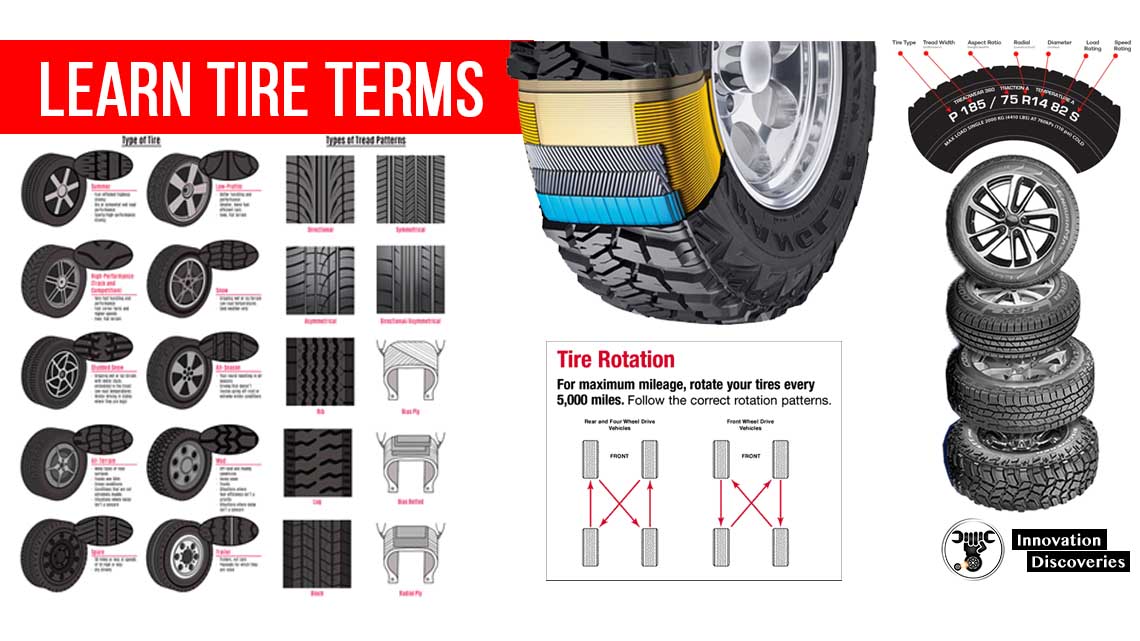
Visit Forum
Visit Our Friendly Website


